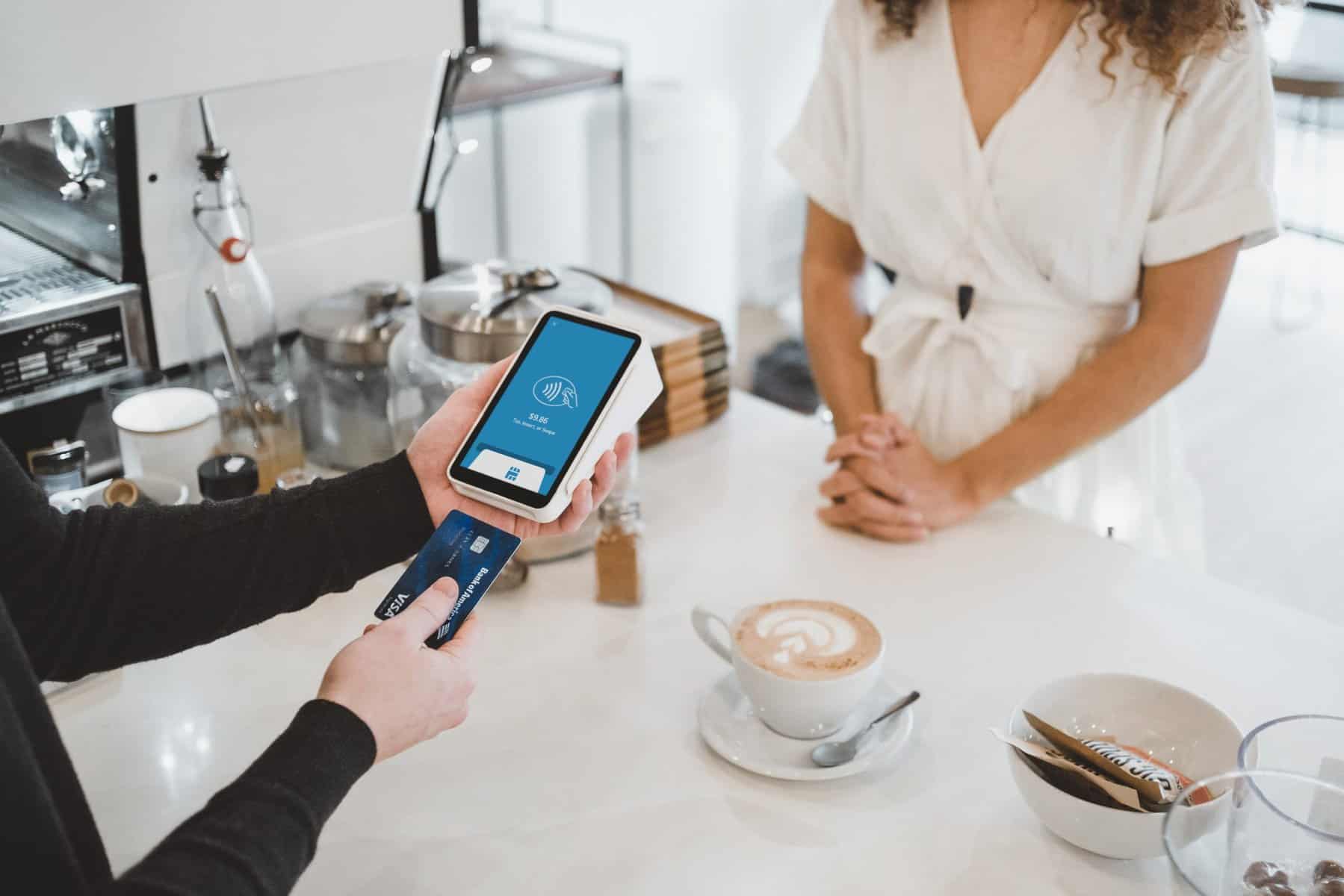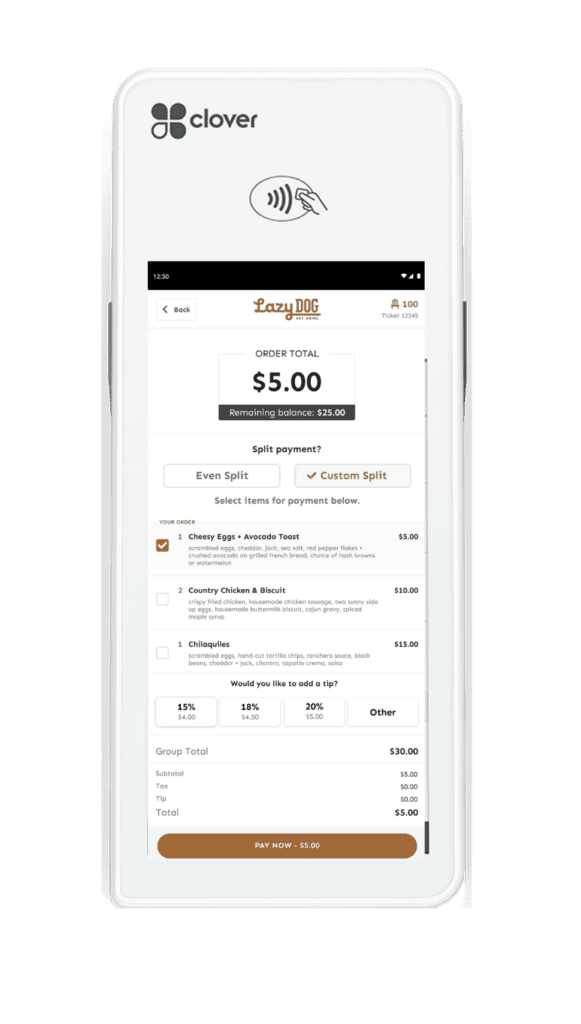
This article originally appeared in Modern Restaurant Management, published 12/5/22
Written by Jon Squire, CEO & Co-Founder of CardFree.
Contactless payment solutions drive operators’ revenue and elevate customer experiences, but how can the technology set restaurants up for long-term success?
Contactless solutions have become a tool to ensure the survival of many businesses over the past three years. The restaurant industry has perhaps seen higher adoption rates of this technology than any other industry. Before the pandemic, many restaurants across the country experimented with contactless order and payment solutions but did so with a relative lack of urgency.
Fast forward to 2022, and the attitude has changed drastically. Contactless payment options have become the industry standard and the future of ordering and payment solutions for restaurants of all sizes. The restaurant industry is driving the growth of modern point-of-sale (POS) solutions that enable contactless payments. U.S. restaurant sales are expected to reach 898 billion dollars by the end of 2022.
Contactless payments are here to stay as the technology’s popularity grows. Restaurant owners and industry leaders must ask themselves, what’s next for this technology, and how can it help grow the business?
Thinking Long Term When Evaluating Restaurant Technologies
As customer preferences have shifted toward dine-in experiences, increasing visits by 38 percent in Q1 alone, they are now looking for restaurants to provide the same level of convenience they’ve grown accustomed to with mobile ordering experiences. In addition to deploying technology to address these shifting customer habits, arguably one of the biggest hurdles restaurant operators face is vendor fatigue.
Many restaurant owners and managers immediately invested in multiple technology solutions to stay afloat in 2020, with contactless order and payment solutions being the most important. Owners and their staff had to quickly adapt to remain profitable and keep up with customer expectations. However, daily management and switching back and forth between multiple vendors resulted in added stress on depleted restaurant staff and has undoubtedly contributed to the current labor shortage.
Now that a sense of normalcy has somewhat returned, operators should prioritize ways to deploy contactless technology to make the business even more efficient for staff and customers. Mobile and contactless transactions have cemented their place in the restaurant industry, but deploying this technology doesn’t necessarily mean your restaurant is set up for long-term success.
To ensure sustainable results, owners must consider implementing technology that integrates with existing POS systems and accepts & tracks a variety of payment methods, all the while collecting actionable data on each customer transaction.
Taking Contactless Solutions to the Next Level

